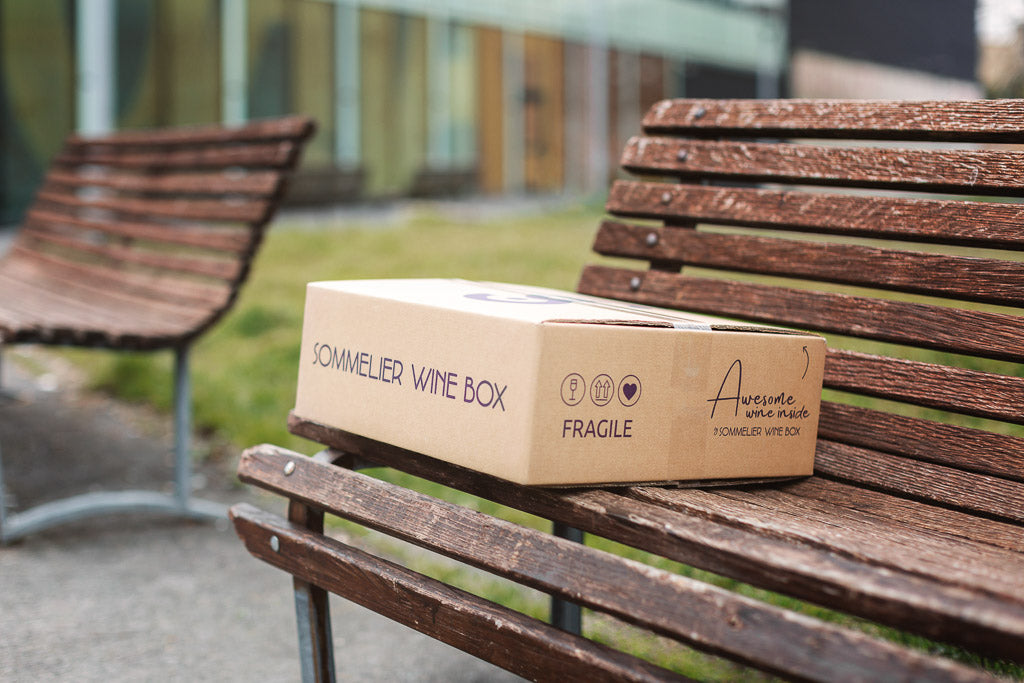The ability of a red wine to age is given by many aspects (vintage, refinements, type of grape variety such as Nebbiolo, to give just one example...) but also by the sufficient presence of tannins. Once bottled, the wine progressively evolves, losing its tannic charge and becoming softer.
We have written a mini guide to aged wines, in 7 simple points.
1. How to store aged red wines
Not all wines can age. Those that have the capacity to maintain themselves over the years but above all to evolve and be enriched with aromas and flavors are bottles that must be preserved with extreme care , keeping them in a cool, dark environment , laid out horizontally and away from vibrations.
2. How to open an aged wine
An aged red must be opened with great care and attention because the cork can be damaged, dry or not perfectly cohesive to the glass of the bottle.
3. When we say that a wine is "closed"
An aged wine has remained closed inside the bottle for many years and takes time to get rid of the unpleasant odors that have formed over the years in an environment without oxygen.
In this case it is advisable to open it a few hours in advance (even 3 hours in the case of wines aged over 10 years) to start letting it "breathe". Only in this way will it be able to express all its potential, in terms of aromas and flavours.
4. When to use the decanter
The decanter is a glass or crystal container with a long, narrow neck and a wide bottom where the wine comes into contact with oxygen. Decanting (delicately!) an aged wine into the decanter is especially recommended if there are dispersed substances and deposits present, which can be identified by looking at the bottle against the light.
5. In which glass to serve aged reds
The right glass for an aged wine is a pot-bellied glass with a narrow opening, also the Ballon in the case of wines aged for more than 10 years. The stem is small in size to possibly allow the glass to be held for some time in the cup, in case the serving temperature is too low.
6. What to pair with aged red wines
These important wines require equally important pairings . So: tasty cheeses, game, tasty roasts cooked for a long time.
7. How aged reds look
From aging red wines we expect progressive aromas and a loss of tannicity in favor of softness . Acidity also undergoes a gradual decline over time.
They are wines that have a long history behind them, made by fathers and enjoyed by children or grandchildren: this is also why they have so much to tell.





